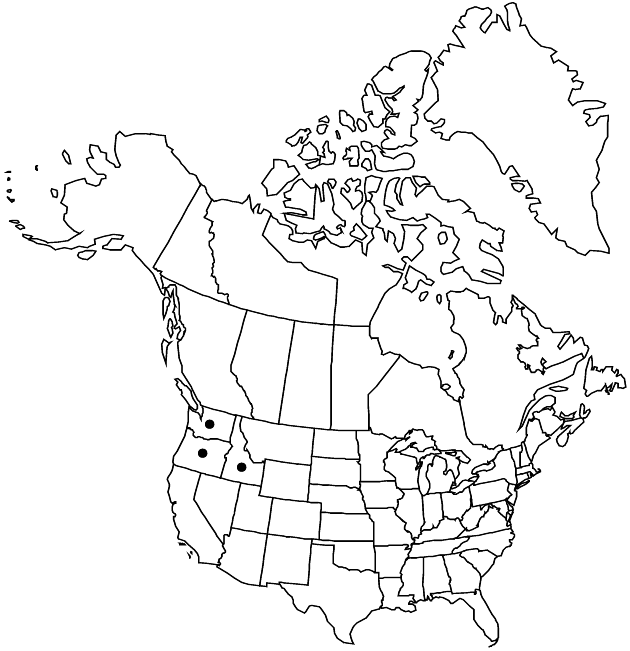Cirsium brevifolium
Trans. Amer. Philos. Soc., n. s. 7: 421. 1841.
Perennials, 25–120 cm; taproots with horizontal root sprouts. Stems 1–several, erect, thinly gray-tomentose with fine, non-septate trichomes; branches 0–many, ascending. Leaves oblanceolate or elliptic, 15–45 × 2–10 cm, unlobed and merely spinulose to dentate or deeply pinnatifid, lobes well separated, linear to triangular-ovate, merely spinulose to few toothed or lobed near base, margins often revolute, main spines 2–3 (–6) mm, abaxial faces densely gray-tomentose, adaxial green, thinly tomentose or ± glabrate; basal often present at flowering, narrowly winged-petiolate; principal cauline well distributed, gradually reduced distally, bases of proximal cauline winged-petiolate or sessile, bases of distal cauline expanded and ± clasping, margins sometimes spinier than those of proximal; distalmost cauline becoming bractlike, often unlobed or less deeply divided than proximal. Heads borne singly and terminal on main-stems and branches or few from distal axils in corymbiform or paniculiform arrays. Peduncles 1–8 cm. Involucres hemispheric to campanulate, 2.5–3.5 × 2–4 cm, glabrous or loosely floccose. Phyllaries in 6–10 series, strongly imbricate, greenish to brown, ovate to lanceolate (outer) to linear (inner), abaxial faces with prominent glutinous ridge; outer and middle appressed, bodies entire, spines abruptly spreading, fine, 2–3 (–5) mm; apices of inner commonly flexuous or reflexed, flat, scarious. Corollas creamy white, rarely lavender-tinged, 22–28 mm, tubes 8–13 mm, throats 7–11 mm, lobes 4–6 mm; style tips 5–6 mm. Cypselae brown, 5–6 mm, apical collars yellowish, 0.5–1 mm; pappi 18–22 mm. 2n = 22, 26.
Phenology: Flowering summer (Jun–Oct).
Habitat: Palouse prairie
Elevation: 600–1300 m
Distribution

Idaho, Oreg., Wash.
Discussion
Cirsium brevifolium occurs in the Palouse prairie region of eastern Washington, eastern Oregon, and western Idaho.
Selected References
None.
Lower Taxa
"fine" is not a number."fine" is not a number.